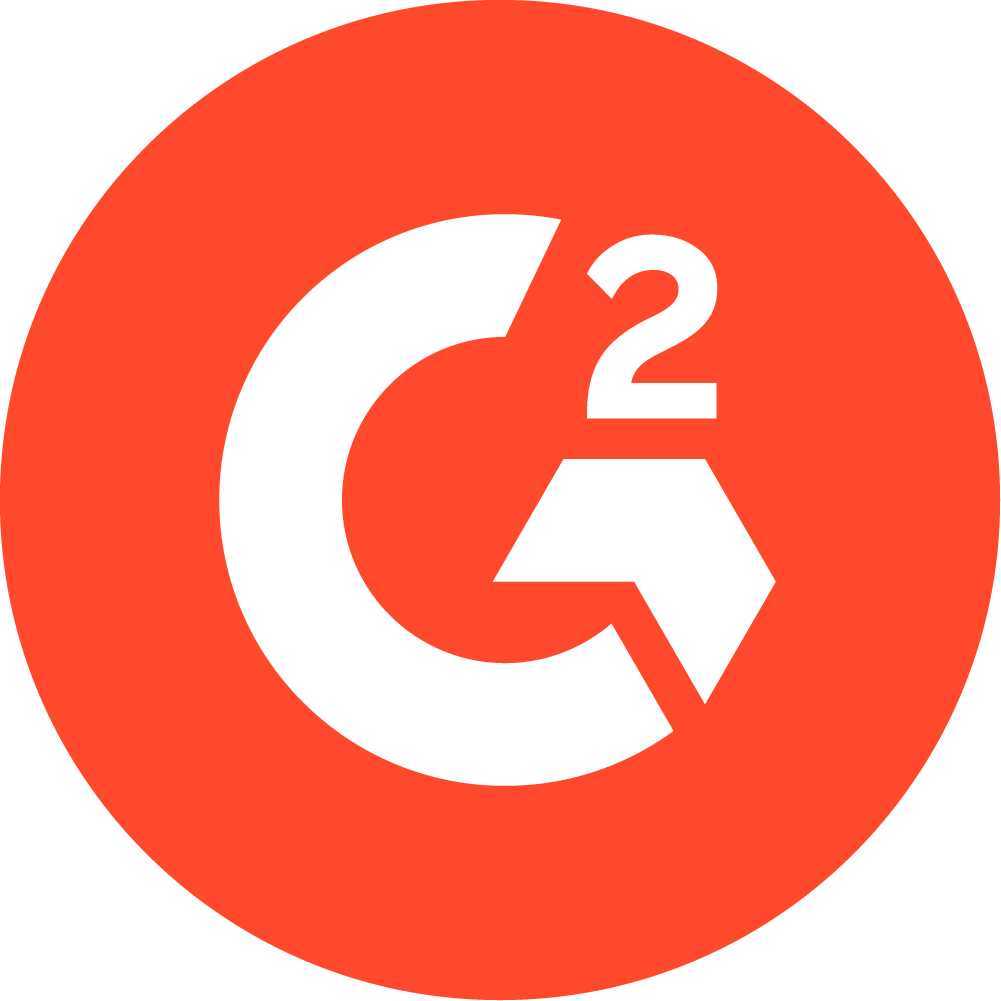CPT Codes for Occupational Therapy Evaluations
There are three levels of complexity for occupational therapy evaluation CPT codes. Do you know which one you should pick?

Subscribe
Get the latest news and tips directly in your inbox by subscribing to our monthly newsletter
Six years ago, CMS and the AMA decreed that one would become three, and thus, occupational therapy evaluation CPT codes were forever changed into a triad of complexity codes. By now, the not-so-new CPT codes have worked themselves into every EMR, and the terms low, moderate, and high complexity are no less common to rehab therapists than the 8-Minute Rule or adaptive equipment. But, that doesn’t make them any less confusing—particularly for new therapists entering the scene! To help, here’s a handy explainer on CPT codes for occupational therapy evaluations.
OT Evaluation CPT Codes
Sitting next to its partner in crime, 97001, in the bowels of the AMA CPT dungeon of cast-off codes is 97003—which was replaced with a set of three different evaluative codes that are tiered according to patient complexity. Those codes are:
The AOTA has pointed to CMS and other payers potentially recognizing the tiered complexities’ value for increased reimbursement, but so far, no such change has occurred. Presently, CMS maintains the work relative value unit (RVU) at 1.54 for all evaluation complexities, and re-evaluations are set at 0.96. In other words, CMS will reimburse the same amount for all three complexities—even if 97163 takes you more than 45 minutes to complete.
(For some background on how RVUs affect the dollar amount you see from Medicare reimbursements, check out this blog post created by our friend, Rick Gawenda. The APTA also has a downloadable calculator for you to check reimbursements by geography, as well.)
Levels of OT Evaluation Complexity
Now, the million-dollar question for any therapy professional affected by these coding updates is: how to classify the complexity of occupational therapy evaluations? We’re glad you asked. To start, all the necessary information can be found in your thorough OT evaluation. From this information, four categories need to be satisfied, with a few sub-categories. They can be found below:
Vocabulary
Really quick, before we jump into the defining characteristics of each complexity level, let’s define a few terms that’ll pop up throughout this post:
- Body Regions: Refers to areas of the body, such as head, neck, back, lower extremities, upper extremities, and trunk.
- Body Systems: Includes the circulatory, skeletal, muscular, nervous, respiratory, immune, excretory, integumentary, lymphatic, cardiovascular, reproductive, and digestive systems.
- Body Structures: Refers to the body’s structural or anatomical parts (e.g., organs or limbs), which are classified according to body systems.
- Body Functions: Refers to physiological functions of body systems.
Now, let’s get into the nitty-gritty details associated with each level of evaluation complexity.
97165: Characteristics of a Low Complexity OT Evaluation
97166: Characteristics of a Moderate Complexity OT Evaluation
97167: Characteristics of a High Complexity OT Evaluation
OT Reevaluation CPT Codes
Since we have covered the complexity codes for OT evaluations, we would be remiss to not mention 97168, the OT re-evaluation CPT code that replaced 97004. Luckily, there is no need to tier complexity when coding for a PT re-evaluation. This code is defined as:
Hopefully this breakdown makes choosing the right level of complexity a little less, well, complex. Remember, clinical judgment plays a huge role in code selection, and your documentation should always clearly support your coding choices. That said, if you’re still scratching your head over the evaluation codes, leave us a question in the comment section below. We’ll do our best to track down an answer.
For more helpful billing FAQs, be sure to check out this blog post.
{{inline-form}}








